



What are the Ethernet mac chips
Ethernet, as the cornerstone of modern network communication, is widely used in various fields, from home broadband to enterprise networks, and from industrial automation to the Internet of Things (IoT). In Ethernet communication, the MAC (Media Access Control) layer plays a crucial role. Ethernet MAC chips are the core components that implement the functionality of this layer, handling operations at the data link layer, including the sending and receiving of data frames, address management, and traffic control. This article will provide a detailed overview of the basic functions of Ethernet MAC chips, their main application areas, leading manufacturers in the market, and future development trends.
1. Basic Functions of Ethernet MAC Chips
Ethernet MAC chips are integrated circuits responsible for processing the data link layer protocols in a network communication system. Their primary functions include:
- Data Frame Processing: MAC chips generate and parse Ethernet frames, including adding MAC addresses, checking the integrity of frames, and discarding or transmitting frames.
- Address Management: MAC chips manage the physical addresses of devices, known as MAC addresses, ensuring that data is correctly transmitted from the source device to the destination device.
- Traffic Control: To prevent data congestion, MAC chips regulate the data transmission rate through flow control mechanisms, ensuring the stable operation of the network.
- Error Detection: MAC chips use techniques such as checksums to detect and correct errors during transmission, ensuring data integrity.
2. Main Application Areas
Ethernet MAC chips, due to their critical role, are widely used in the following areas:
- Enterprise Networks and Data Centers: In enterprise networks and data centers, MAC chips are used in switches, routers, and servers, supporting high-speed data transmission and multi-user concurrent connections, ensuring network efficiency and reliability.
- Home Broadband Networks: MAC chips are essential in home routers and gateway devices, providing stable network connections and fast data transmission, supporting seamless operation of smart home devices and HD video streaming.
- Industrial Automation: In industrial automation, Ethernet has become the primary communication standard. MAC chips are used in industrial controllers, embedded systems, and industrial Ethernet devices, offering high reliability and low-latency data transmission.
- Internet of Things (IoT): With the surge of IoT devices, MAC chips are widely used in various smart devices, supporting concurrent connections and data transmission for numerous devices.
3. Leading Manufacturers and Products in the Market
The Ethernet MAC chip market is highly competitive, with several well-known manufacturers excelling in this field:
- Broadcom: Broadcom is one of the world's leading network chip suppliers, known for the high performance and reliability of its Ethernet MAC chips, which are widely used in enterprise network equipment and data centers. Broadcom's MAC chips support multiple network protocols and standards, adapting to the needs of different application scenarios.
- Qualcomm: Qualcomm, with strong expertise in wireless communication, also excels in Ethernet MAC chips, particularly in home networks and mobile devices, offering efficient network connections and low power consumption.
- Intel: As one of the largest semiconductor manufacturers globally, Intel holds a significant position in Ethernet. Intel's MAC chips are widely used in servers and data centers, providing strong network support for high-performance computing and big data processing.
- Renesas Electronics: Renesas Electronics, with extensive experience in industrial automation, offers MAC chips known for high stability and low power consumption, suitable for industrial control and embedded systems.
- Texas Instruments: Texas Instruments' MAC chips hold a certain market share in IoT and smart home fields, providing reliable network connections for smart devices with low power consumption and high integration.
4. Future Development Trends
As network technology continues to evolve, Ethernet MAC chips are also advancing, with future MAC chips likely to develop in the following directions:
- Support for Higher Bandwidths: With the explosive growth of data, future MAC chips will support higher bandwidths, such as 10Gbps, 25Gbps, or even higher, meeting the needs of data centers and high-performance computing.
- Integration of More Functions: Future MAC chips will integrate more functions, such as security management, network virtualization support, and more intelligent traffic control, to cope with complex network environments.
- Power Consumption Optimization: With the proliferation of IoT and smart devices, power consumption optimization will become a crucial direction for MAC chip development. Through low-power design and intelligent energy management, MAC chips will better suit the needs of mobile devices and embedded systems.
- 5G and Ethernet Integration: As 5G networks become widespread, MAC chips will play a role in a broader range of application scenarios, including 5G base stations and edge computing devices, providing more flexible solutions for future networks.
Conclusion
Ethernet MAC chips, as core components in network communication, play a crucial role in driving the development of modern network technology. As network demands grow and technology advances, MAC chips will continue to play an important role in various fields, providing reliable network support for enterprises, homes, industries, and IoT devices. In the future, with the emergence of MAC chips with higher bandwidths, smarter functions, and lower power consumption, network communication will become more efficient and flexible, offering users a better experience.

Please contact us if the source is mislabeled or violates your legal rights.
We will promptly correct and delete, thank you.
- ISP co-processor
- The standard of ISP chips
- What is the power consumption level of t...
- In what scenarios can the performance of...
- Smart Home Products with Rockchip RK3588...
- Kylin ISP chip
- Purchase of ISP chips
- How fast is the read speed of Winbond W2...
- The motherboard of the industrial comput...
- spi ethernet chip in qfn package
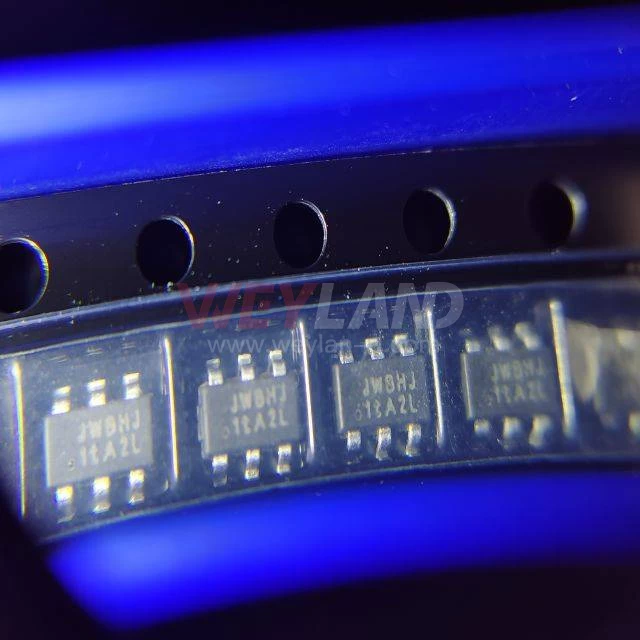
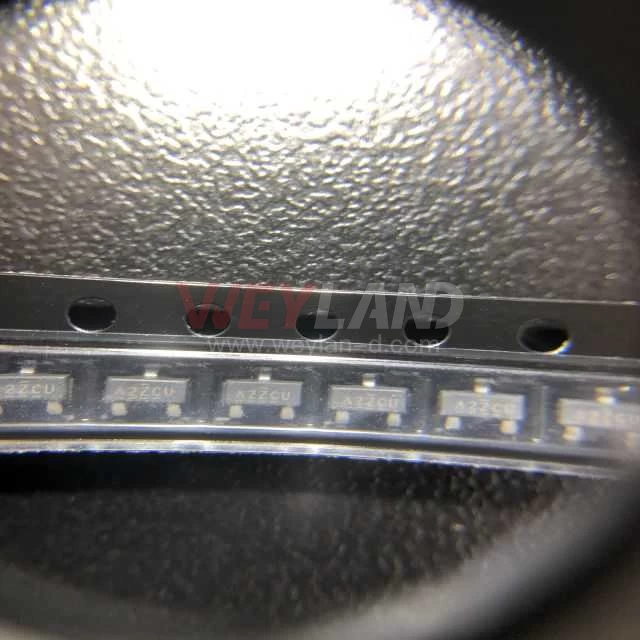
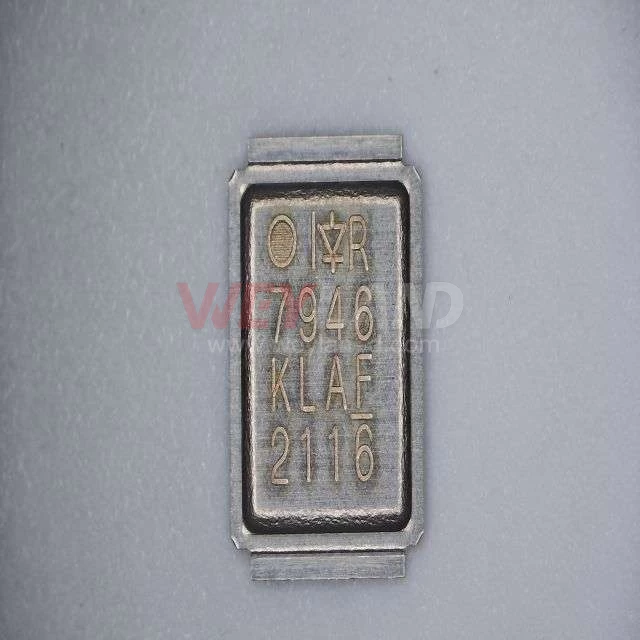
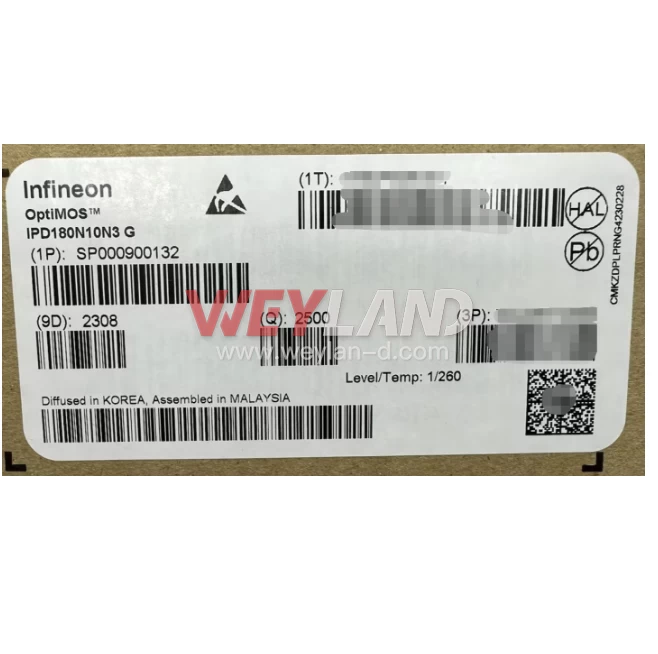
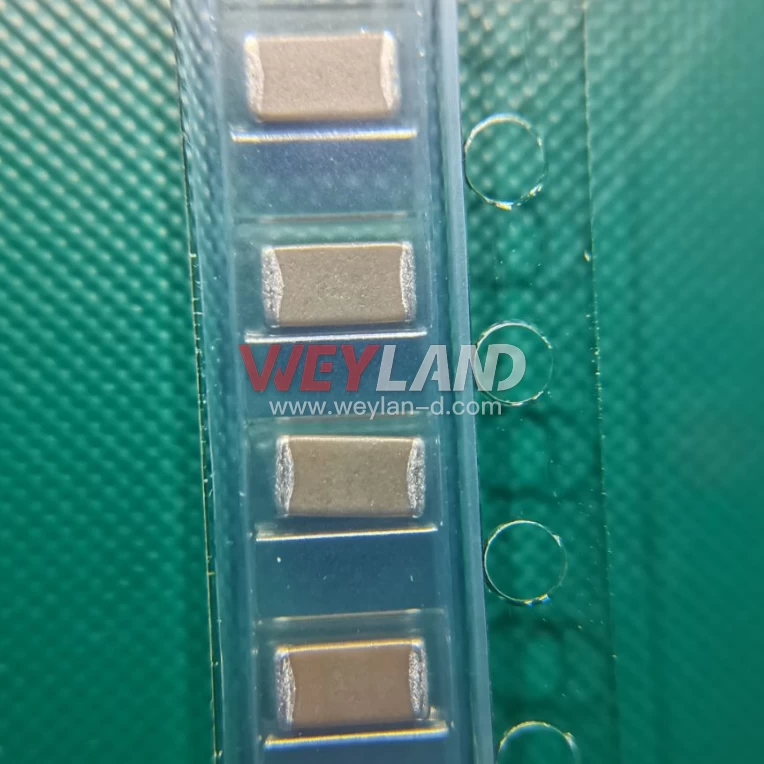
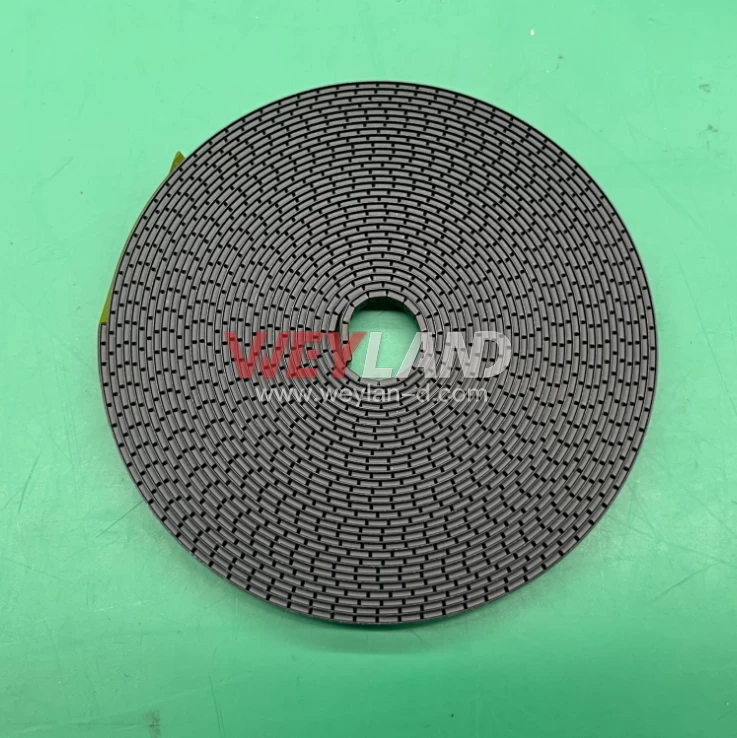
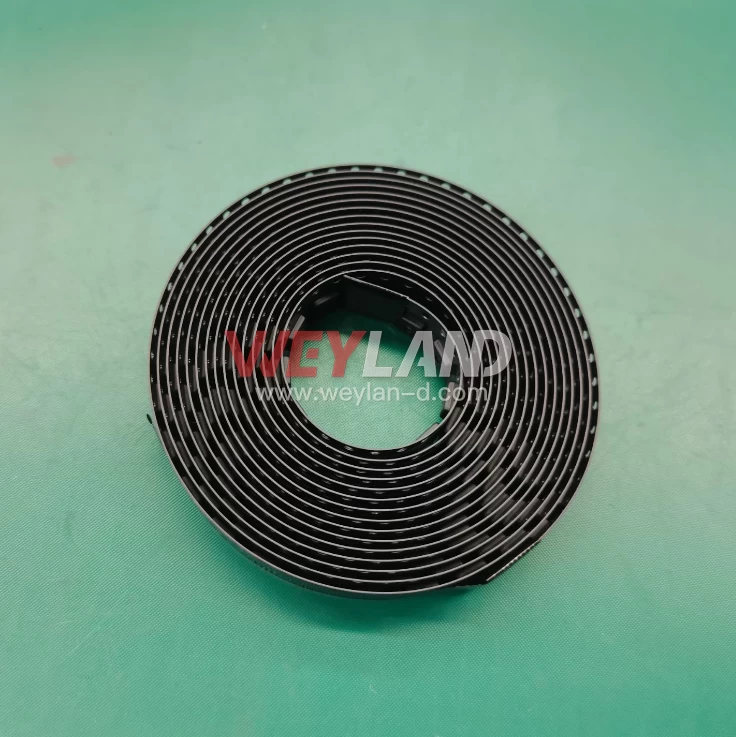

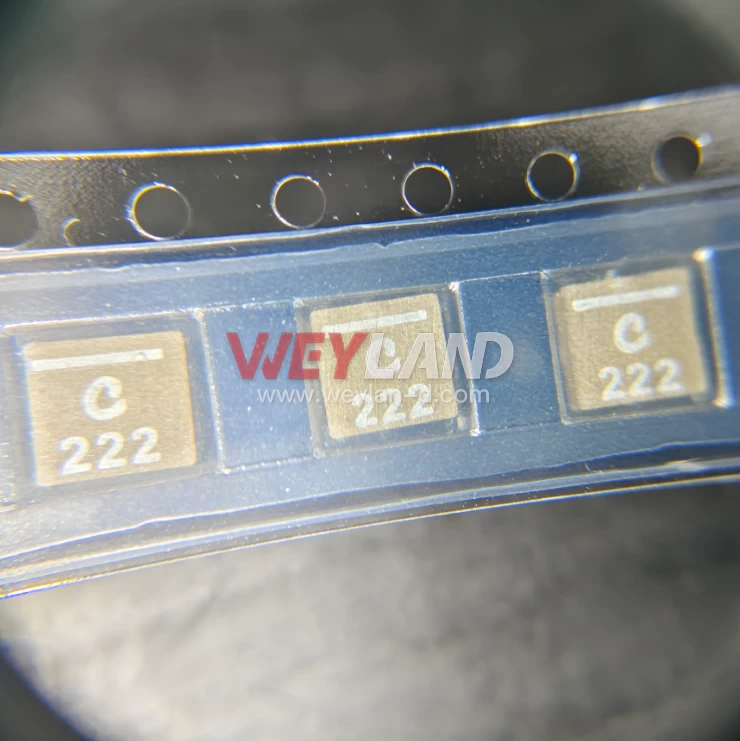
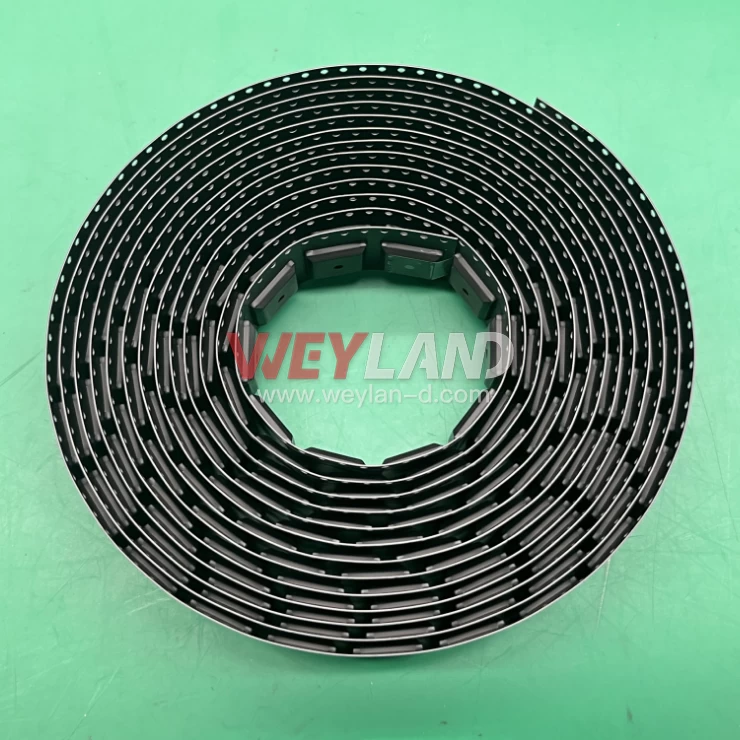
.9246509.png)












[email protected]
7500A BEACH ROAD #04-307 THE PLAZA SINGAPORE (199591)
RM 705.7/F.FA YUEN COMM BLDGNO.75-77.FA YUEN STREET.MONGKOK.KLN.HONG KONG
